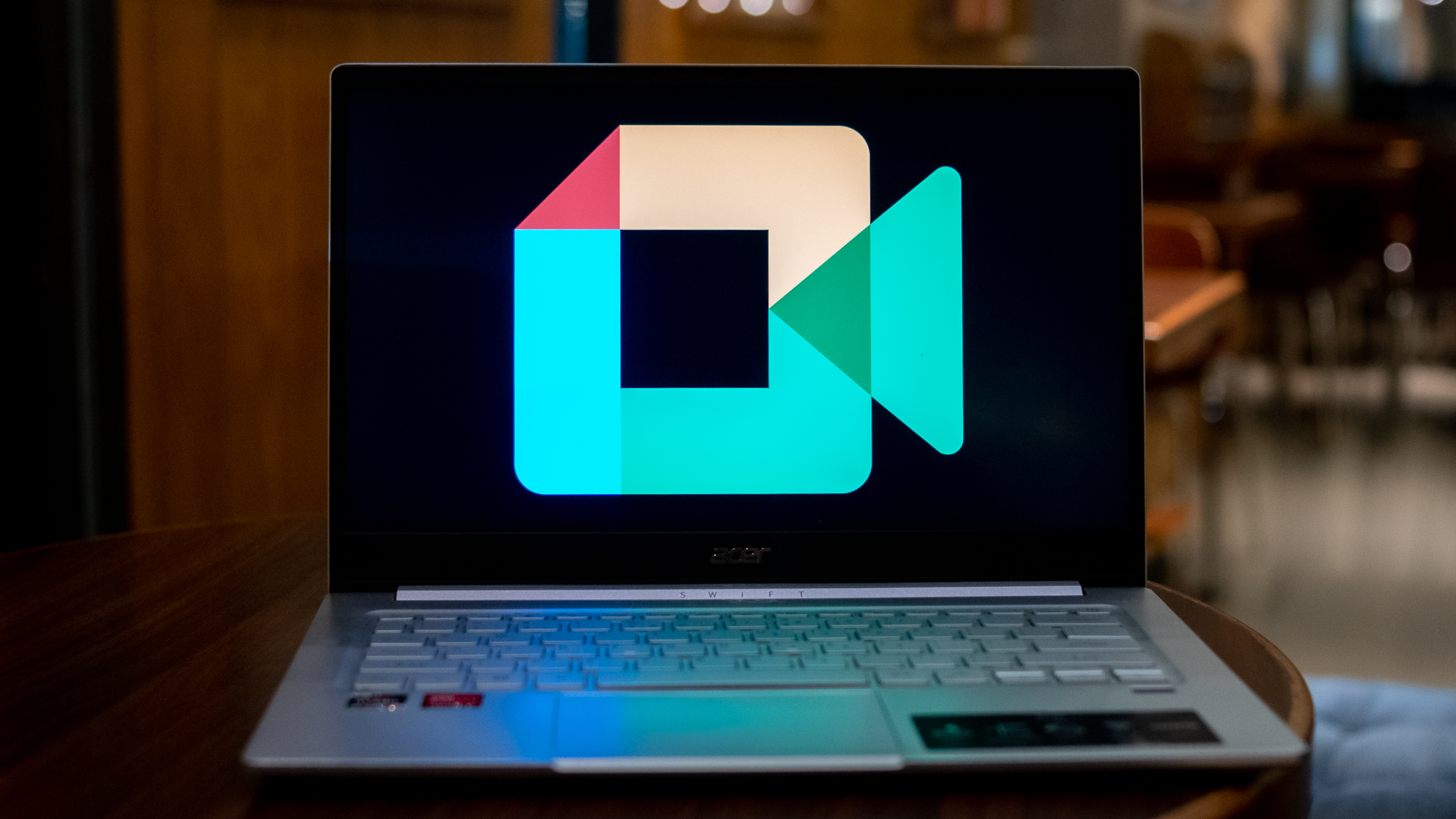Meta AI on Ray-Bans vs. Gemini on Android watches: The pros and cons
Both answer in-depth questions with your phone in your pocket, but Ray-Bans focus more on multimodal AI, while Gemini is all about integration.
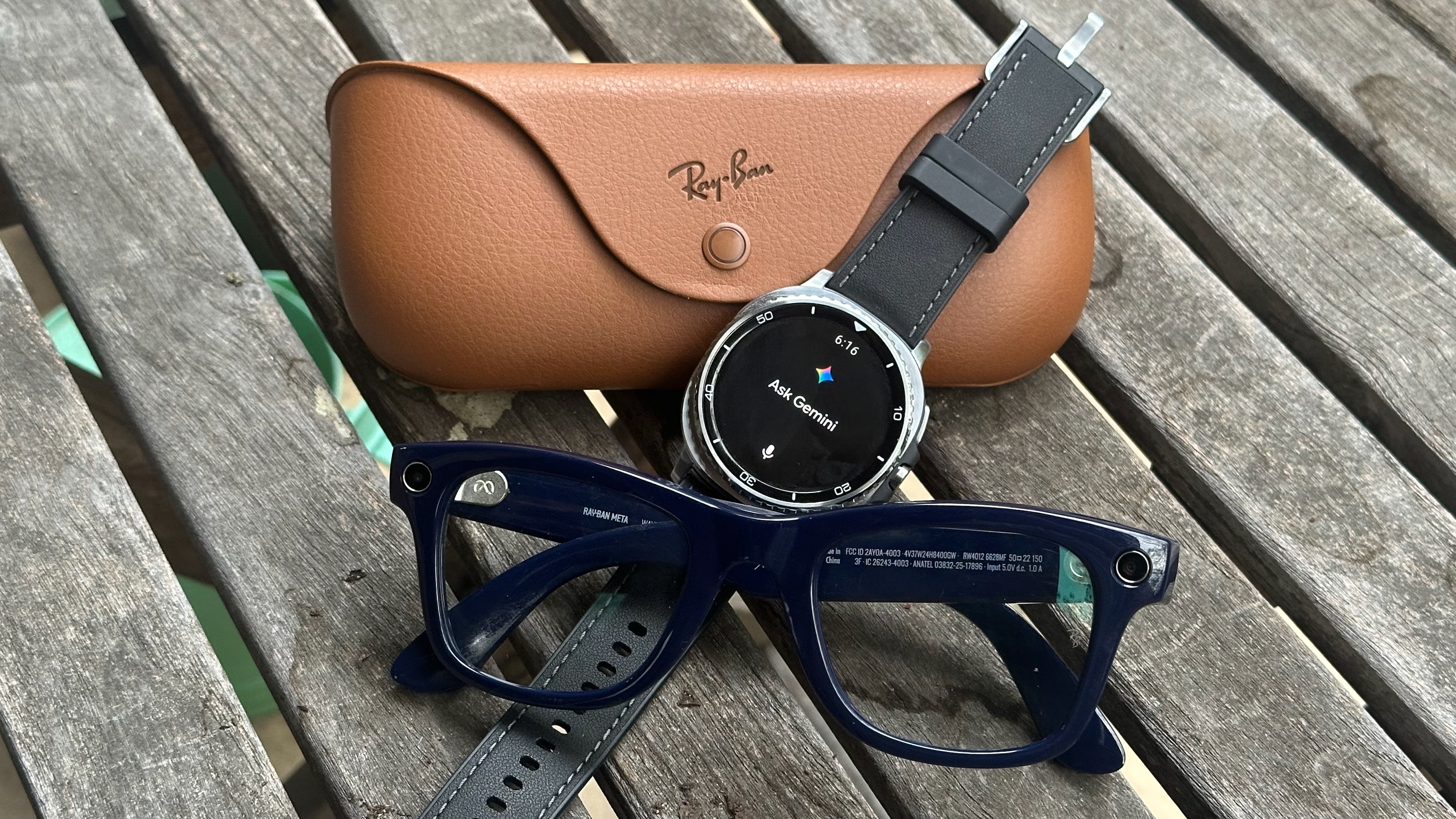
Enjoy our content? Make sure to set Android Central as a preferred source in Google Search, and find out why you should so that you can stay up-to-date on the latest news, reviews, features, and more.
Ray-Ban Meta glasses' signature feature is having Meta AI on your face. Likewise, your Galaxy or Pixel Watch has the new appeal of constant Gemini access on your wrist. Now that I've tested both, I wanted to do a quick, candid breakdown of what each experience offers and which will be more useful to you.
I'm not comparing smartwatches and smart glasses' general value, nor trying to say whether Gemini or Meta AI is "smarter." Both LLMs have their weaknesses and hallucinations, and I won't stir up controversy over brand loyalties.
This is very specifically about whether Meta's camera-based, hands-free AI in its Ray-Ban Meta (Gen 2) glasses — and upcoming Meta Ray-Ban Display glasses — is better positioned to help you than an always-listening Gemini on your wrist.
What Meta AI on Ray-Ban and Oakley glasses can and can't do
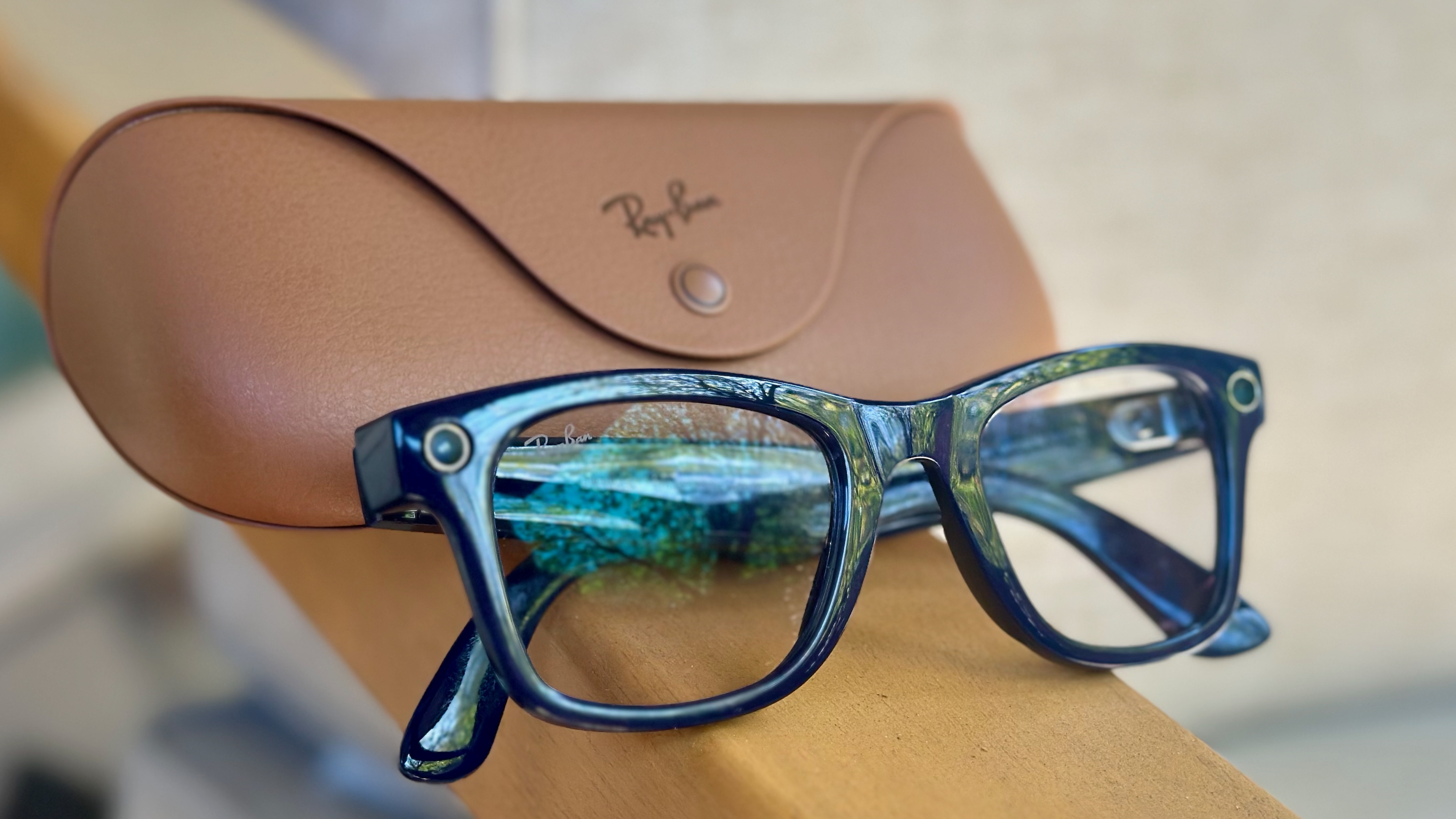
Meta AI can:
- Offer general Llama 4-based information with LLM-generated answers
- Use multimodal AI to interpret an image from your camera, then answer a question or remember information.
- Live translate between French, Italian, Spanish, and English speakers
- Use Live AI for extended conversations with no wake words
- Sync with Android/iOS phone and messaging apps, plus a few others (Spotify, Audible, Instagram, Google Calendar, etc.)
Meta wants to eventually offer "contextual AI" that records and interprets everything you see throughout the day, automatically remembering who you've spoken to, where you've parked, what you've eaten, and so on. All the AI processing would need to be done on-device to forestall the obvious privacy concerns, and it would need to be incredibly efficient.
For now, Live AI is Meta's closest equivalent, and it consumes about 1.5% of my Ray-Ban Gen 2 capacity per minute of use, on pace for an hour total. Still, it has serious potential, especially for helping the visually impaired navigate and interpret their surroundings.

Ray-Ban Meta and Oakley Meta HSTN glasses pull answers to your questions from the Llama 4 model in the Meta AI companion app. In my testing, the multimodal AI identified plants or landmarks with decent accuracy.
Get the latest news from Android Central, your trusted companion in the world of Android
My favorite moment was using my glasses in Barnes & Noble to get summaries and review data about books with cool covers, with my phone in my pocket.
In its worst moments, Meta AI tells me it can't answer my questions or answers confidently with incorrect information.
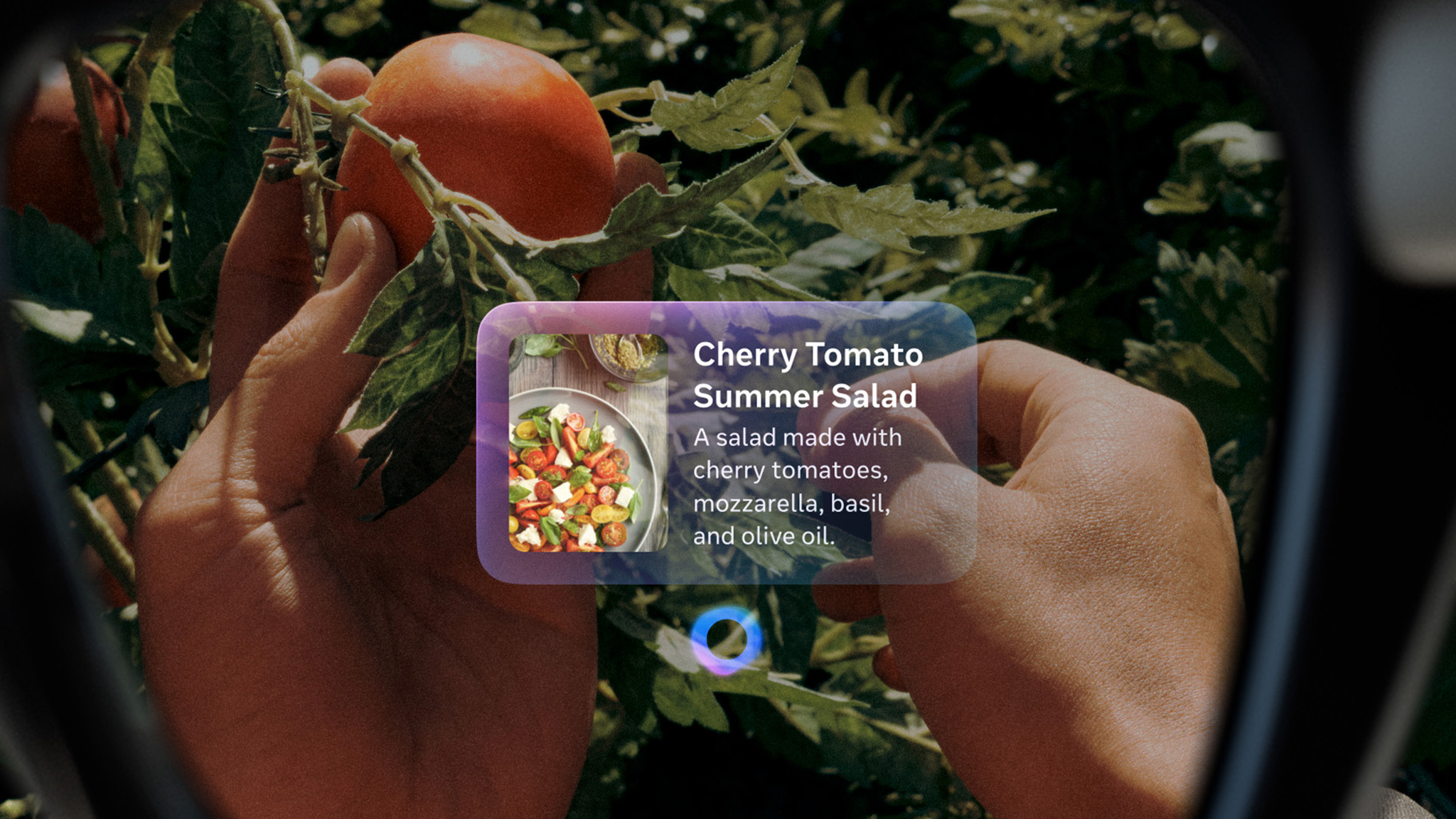
Aside from the usual LLM hallucinations, the main problem is that you don't have a viewfinder, so you can't tell if you're close enough (or too close) to your subject. Sometimes, Meta fixates on something nearby your subject; other times, I need to change my angle to give it a better vantage.
Meta's AI answers tend to be brief, summarizing the answer in about 10–15 seconds before letting you follow up for more info. The Meta Ray-Ban Display can show longer text answers, but audio-only will be the norm for most people. Fair warning, Meta AI does tend to equivocate, suggesting I "do more research" on its answers.
What Gemini on Pixel or Galaxy Watches can and can't do
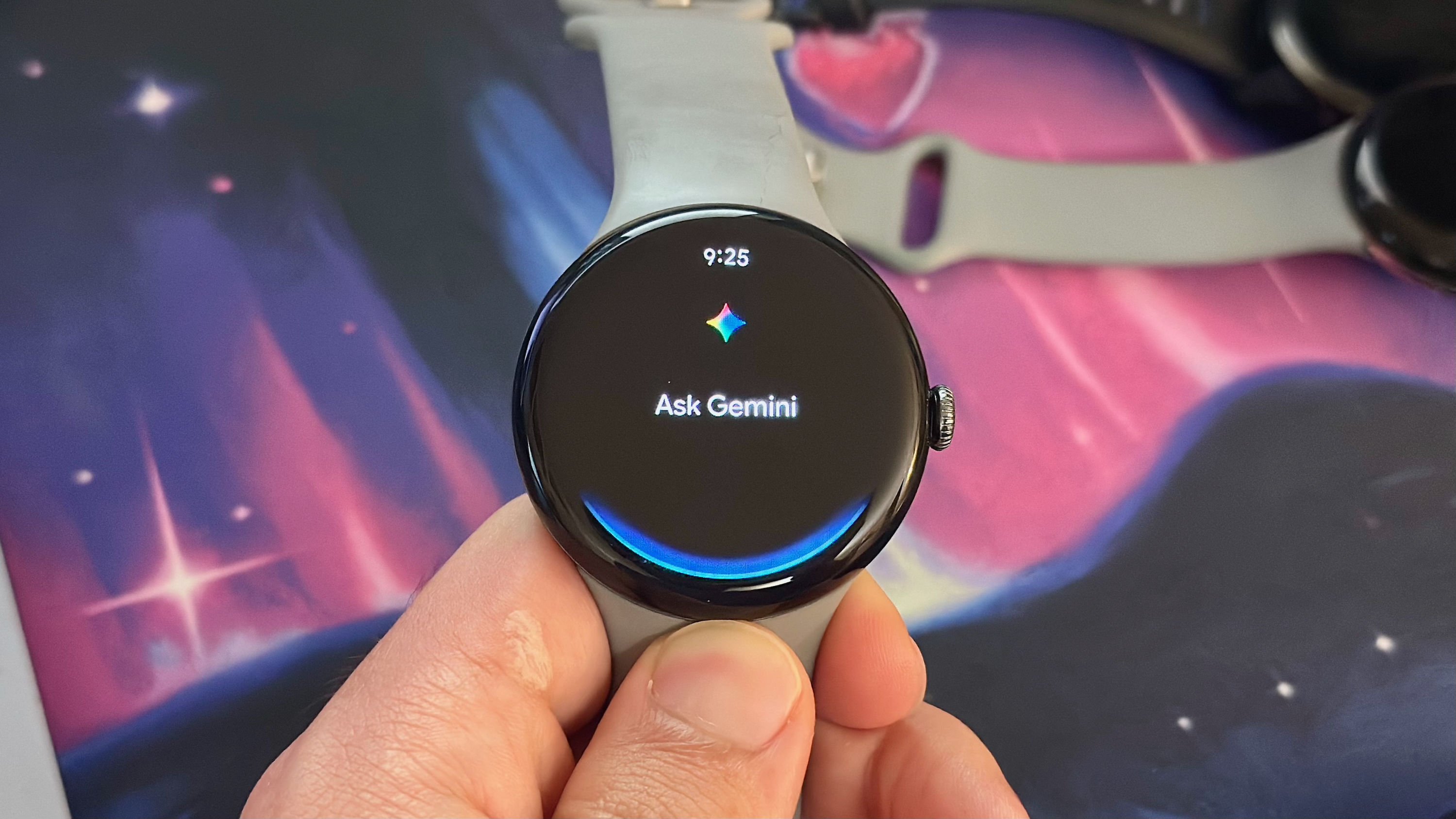
Gemini on Wear OS can:
- Offer general Gemini-based information and LLM-generated answers
- Pull information from a wider range of Google & Samsung apps
- Perform tasks on the watch itself, such as setting timers or starting an activity
- Trigger favorite commands via the Gemini Tile
The Gemini Wear OS app has its fair share of one-star reviews, citing installation issues and internet bugs, although I haven't experienced them while testing Gemini on the Galaxy Watch 8.
Rather than try to quantify how Gemini 2.5 Flash stacks up against Llama 4, I'll simply say that Gemini has its own hits and misses, but tends to provide me with more accurate, up-to-date information than Google Assistant did. Because Wear OS offers a display, Gemini can list out much more information while also reading it out; this makes information retention a bit easier, though Gemini tends to ramble more than Meta AI.
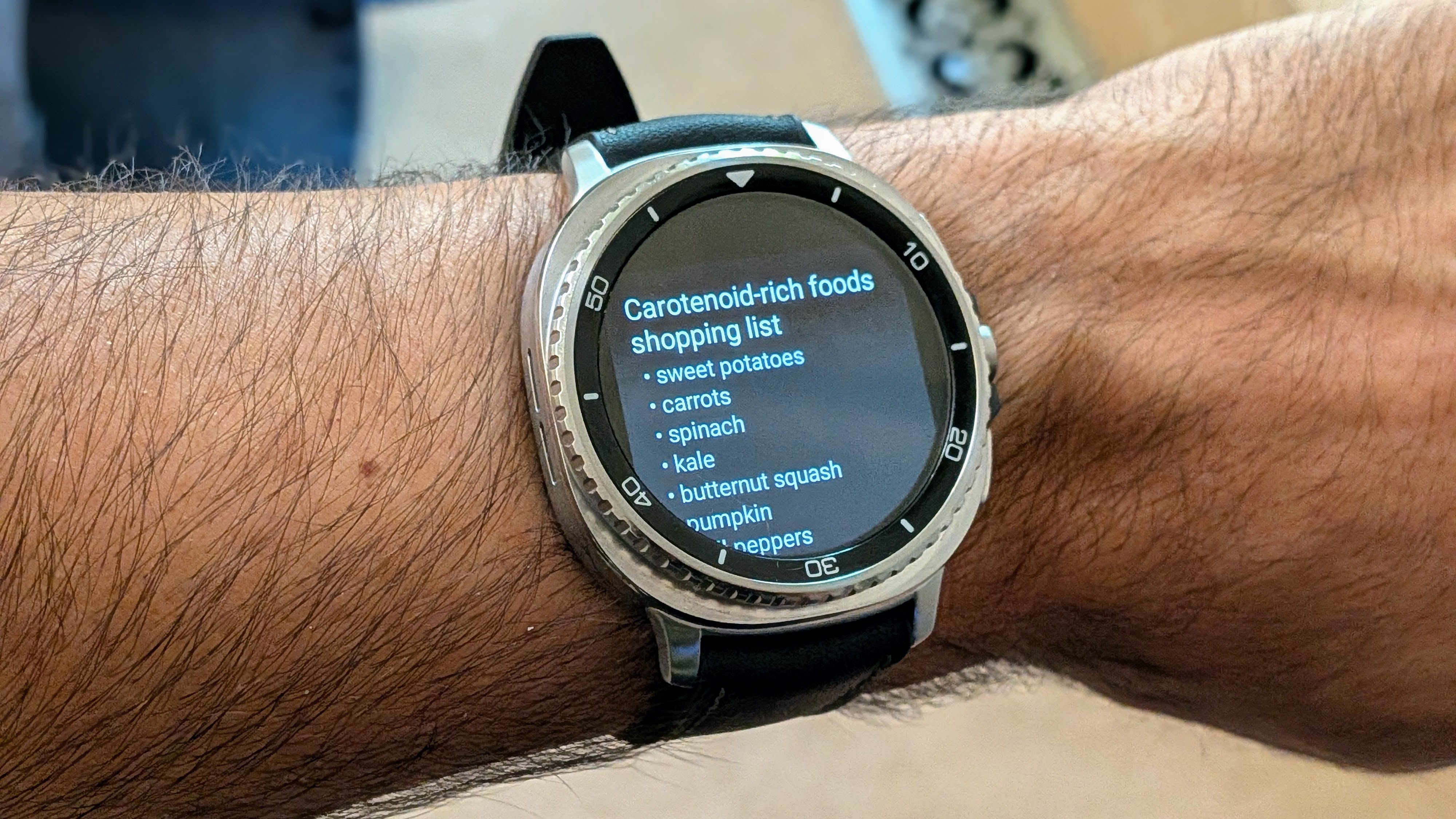
Unlike future Gemini AI glasses, Gemini's Wear OS version can't interpret your surroundings for extra context. Your phone offers Gemini Live for in-depth conversations with screen sharing and multimodal photo/video analysis, but the wearable version can't match Meta's Live AI.
We may eventually get Apple Watches with cameras that "see the outside world and use AI to deliver relevant information," with Android watches potentially following suit. However, pointing a watch at something will never be as natural as simply looking at it with the naked eye.
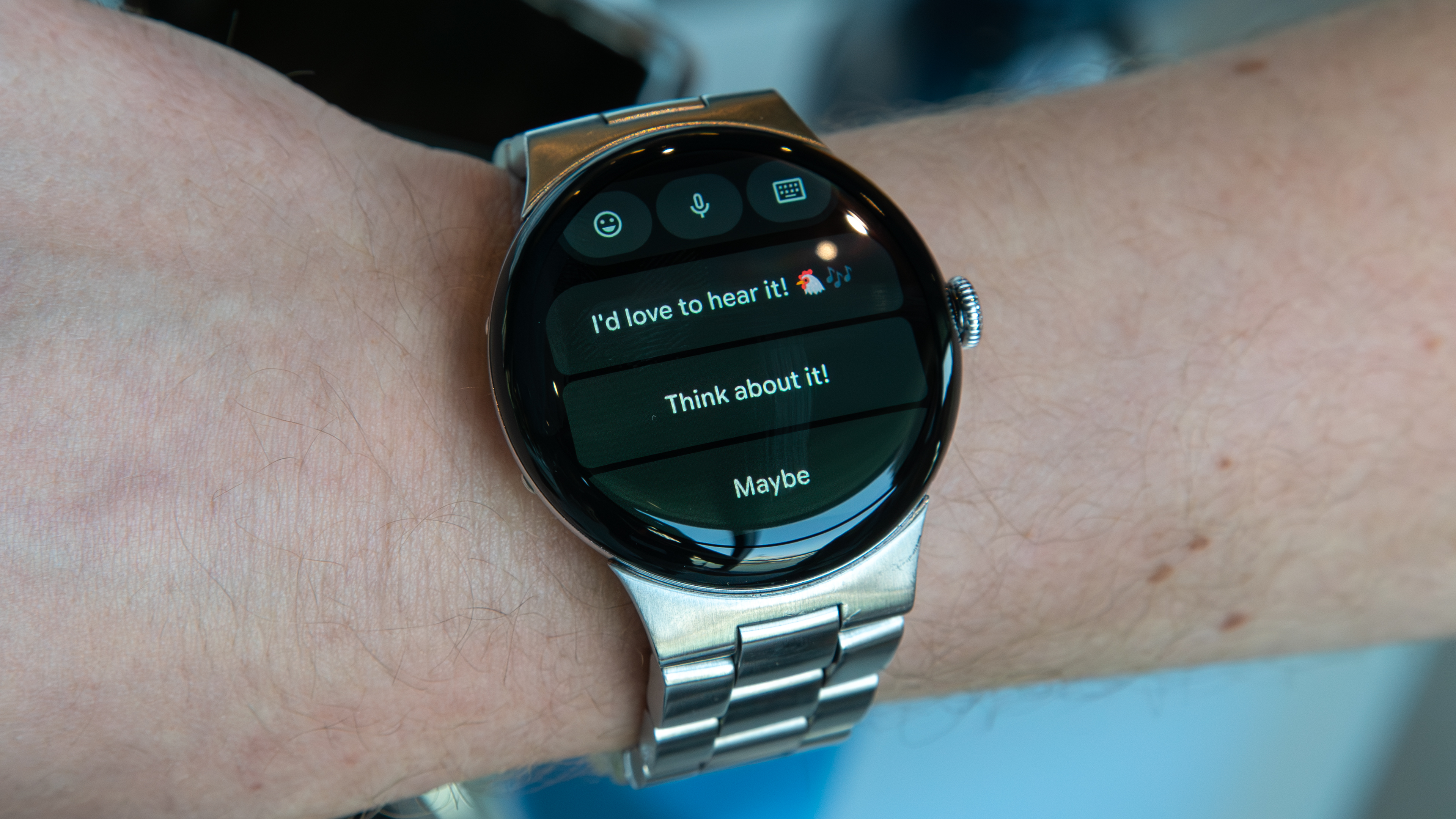
Both Gemini on Wear OS and Meta AI depend on your phone, but Android watches have the processing and battery power to be more independent. I doubt we'll see standalone glasses with LTE capabilities anytime soon, and the Pixel Watch 4 has on-device AI tricks like suggested replies to messages, with more to come.
Google also has the advantage when it comes to Gemini Extensions. Meta AI has a surprisingly robust list of connections, most notably your iOS or Android calling and messaging apps. But Gemini offers email summaries, smart home controls, Maps reviews, and better communication between apps, like pasting Search results into a message or a Keep reminder.
Neither is the 'perfect' form for AI
Gemini on Wear OS provides you with AI insights, offering better battery life, comfort, and power than smart glasses can reasonably provide. It gives you better tools for using or responding to your AI data, but its multimodal capabilities will always be limited.
Meta AI on Ray-Ban or Oakley glasses can pull real-time data from what you're seeing and hearing in a very natural way. However, the hardware has a long way to go, and you may encounter more pushback from wearing cameras on your face.
Both of these AI form factors overlap, but I think they're specialized (and limited) enough that neither will be the definitive way to use AI anytime soon. Heck, I'm sure many people will continue to use their phones' AI apps. But it should be exciting to watch both new AI form factors improve with time.

Michael is Android Central's resident expert on wearables and fitness. Before joining Android Central, he freelanced for years at Techradar, Wareable, Windows Central, and Digital Trends. Channeling his love of running, he established himself as an expert on fitness watches, testing and reviewing models from Garmin, Fitbit, Samsung, Apple, COROS, Polar, Amazfit, Suunto, and more.
You must confirm your public display name before commenting
Please logout and then login again, you will then be prompted to enter your display name.
